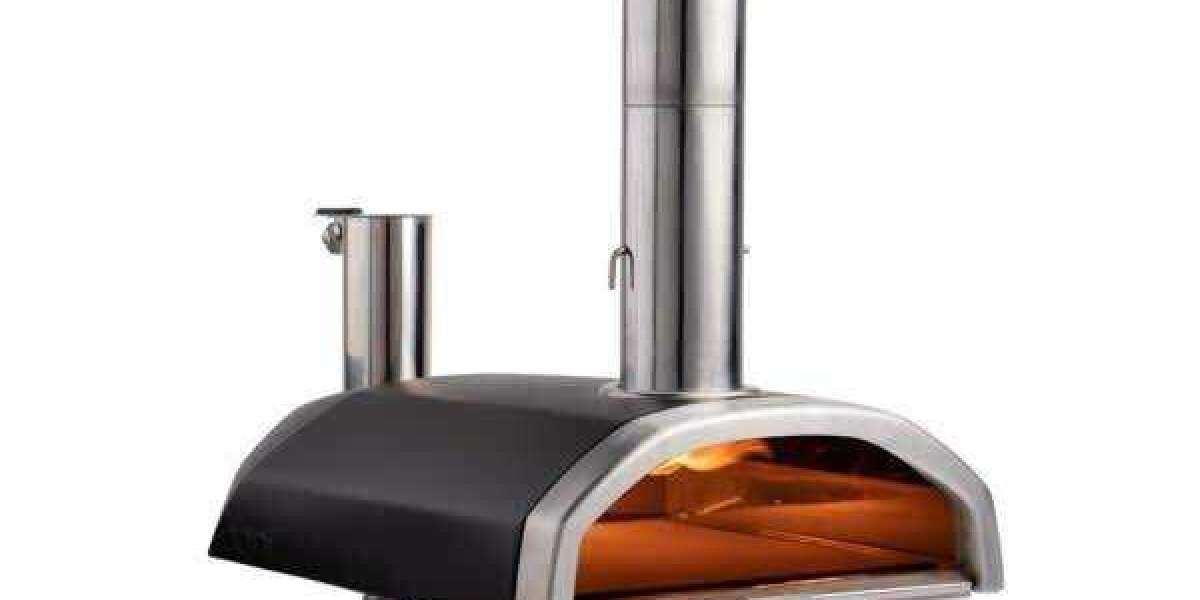As the world seeks sustainable and eco-friendly energy sources, wood pellets have emerged as a popular alternative to traditional fossil fuels. Wood pellets are small, cylindrical pieces of compressed organic matter, typically made from sawdust, wood shavings, and other wood waste products. They offer an efficient, renewable, and environmentally friendly way to produce heat and energy. This article explores the benefits, uses, and production process of wood pellets, highlighting their role in the quest for sustainable energy solutions.
Benefits of Wood Pellets
Renewable Energy Source: Wood pellets are made from biomass, which is a renewable resource. Unlike fossil fuels, which are finite and contribute to greenhouse gas emissions, wood pellets can be produced sustainably from forestry by-products and other organic materials.
Reduced Carbon Footprint: Burning wood pellets for heat and energy releases significantly fewer carbon emissions compared to coal, oil, and natural gas. Additionally, the carbon dioxide emitted during combustion is partially offset by the carbon dioxide absorbed by trees during their growth, making wood pellets a carbon-neutral energy source.
High Energy Efficiency: Wood pellets have a high energy density, meaning they contain a significant amount of energy per unit of weight. This makes them an efficient fuel source, providing more heat and energy output compared to other biomass fuels.
Cost-Effective: In many regions, wood pellets are more affordable than traditional fossil fuels. Their cost stability and local availability make them an economically viable option for heating homes, businesses, and industrial facilities.
Low Moisture Content: Wood pellets typically have a low moisture content, usually around 6-10%. This low moisture level ensures efficient combustion, higher heat output, and reduced emissions.
Uses of Wood Pellets
Residential Heating: One of the most common uses of wood pellets is for residential heating. Pellet stoves and boilers are designed to burn wood pellets efficiently, providing a convenient and cost-effective way to heat homes.
Commercial and Industrial Heating: Many businesses and industrial facilities use wood pellet boilers to generate heat for their operations. This includes schools, hospitals, factories, and greenhouses, which benefit from the efficiency and environmental advantages of wood pellets.
Electricity Generation: Wood pellets can be used in power plants to generate electricity. Co-firing wood pellets with coal in existing power plants can reduce carbon emissions and provide a cleaner energy source.
Animal Bedding and Cat Litter: In addition to energy production, wood pellets are also used as animal bedding and cat litter. Their high absorbency and natural odor control make them an excellent choice for these applications.
Production Process of Wood Pellets
Raw Material Collection: The production of wood pellets begins with the collection of raw materials, such as sawdust, wood shavings, and other wood waste products from sawmills, furniture manufacturing, and forestry operations.
Drying: The collected raw materials are dried to reduce their moisture content to the optimal level for pellet production. This is usually done using large industrial dryers.
Grinding: Once dried, the raw materials are ground into a fine powder using hammer mills or similar machinery. This fine powder ensures uniformity in the final pellets.
Pelletizing: The powdered raw material is then fed into a pellet mill, where it is compressed through small holes in a die. The high pressure and heat generated during this process cause the lignin in the wood to melt, binding the particles together to form solid pellets.
Cooling and Screening: The freshly made pellets are hot and soft, so they are cooled to harden them. After cooling, the pellets are screened to remove any loose particles or broken pieces.
Packaging and Distribution: The finished wood pellets are then packaged in bags or bulk containers for distribution to consumers and businesses.
Conclusion
Wood pellets offer a sustainable, efficient, and cost-effective alternative to traditional fossil fuels. Their renewable nature and lower carbon emissions make them an attractive option for residential heating, commercial and industrial applications, and electricity generation. As the world continues to seek cleaner energy solutions, wood pellets stand out as a versatile and environmentally friendly choice. Embracing wood pellets can contribute to reducing our carbon footprint and promoting a greener future.
For more info. visit us:





